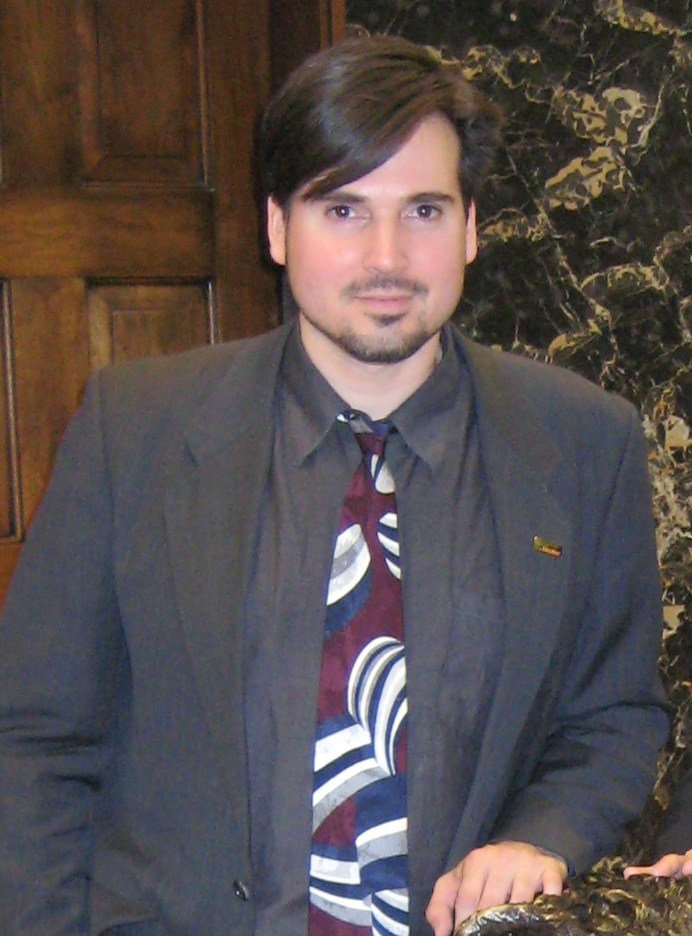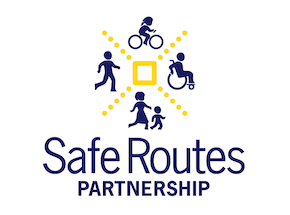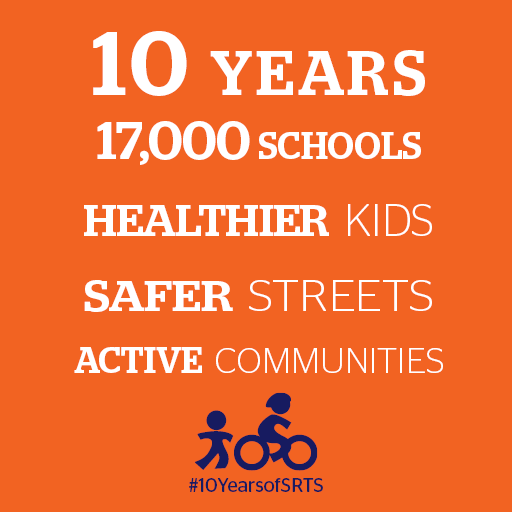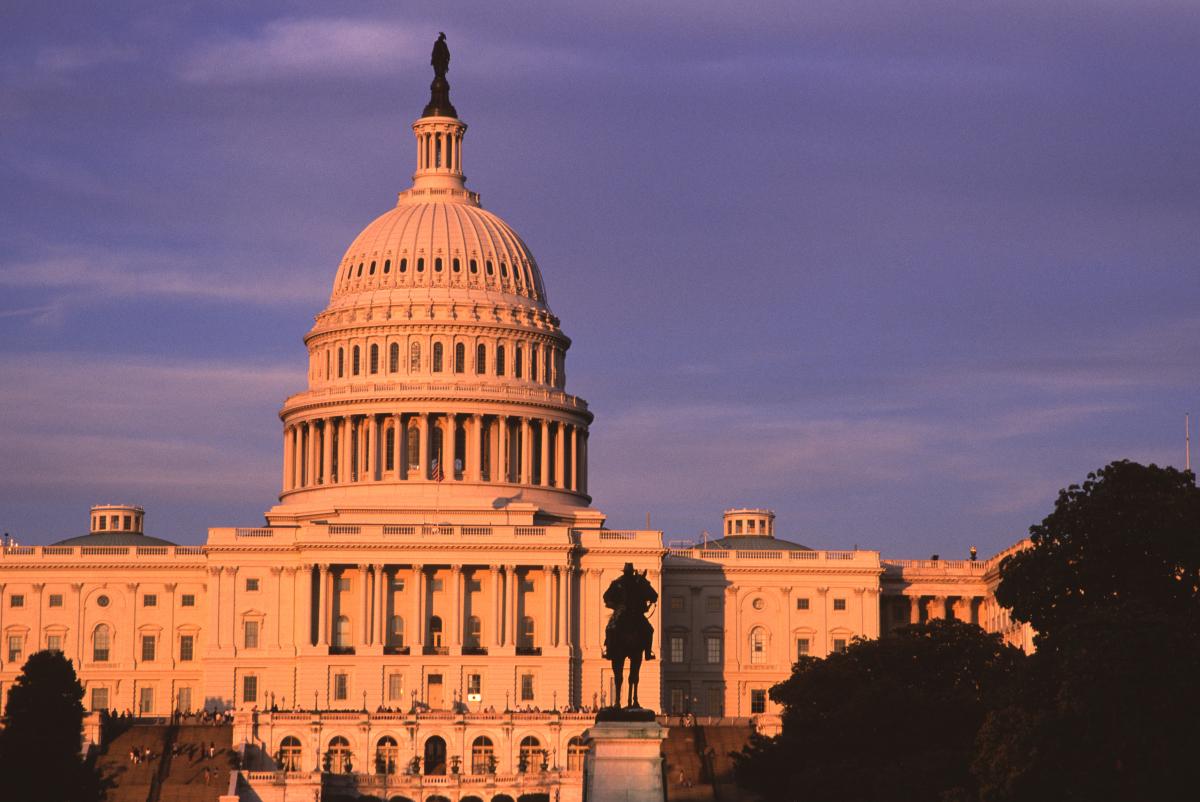 As we are all thinking of getting more physically active this May for National Physical Fitness month, it only makes sense that we look at policies and practices to increase access to opportunities to be more physically active. This brings us to shared use, of course!
As we are all thinking of getting more physically active this May for National Physical Fitness month, it only makes sense that we look at policies and practices to increase access to opportunities to be more physically active. This brings us to shared use, of course!
Resource Library
This document provides an overview of joint use agreements with steps and model policies to facilitate implementation.
This is the first in a series of blog posts highlighting pivotal moments in the history of the Safe Routes to School movement.
Dear Deb and Wendi: Thank you so much for creating the Safe Routes to School program sixteen years ago. It has really made a difference at Kent Middle School. I now walk to school every day I have a chance to. Sixty percent of our school now travels green, and it is truly because of the commitment you two have made. – Kent Middle School student, 2015
This document provides an example of a resolution for capital planning to support joint use.
Written by Risa Wilkerson, Safe Routes Partnership Board Chair
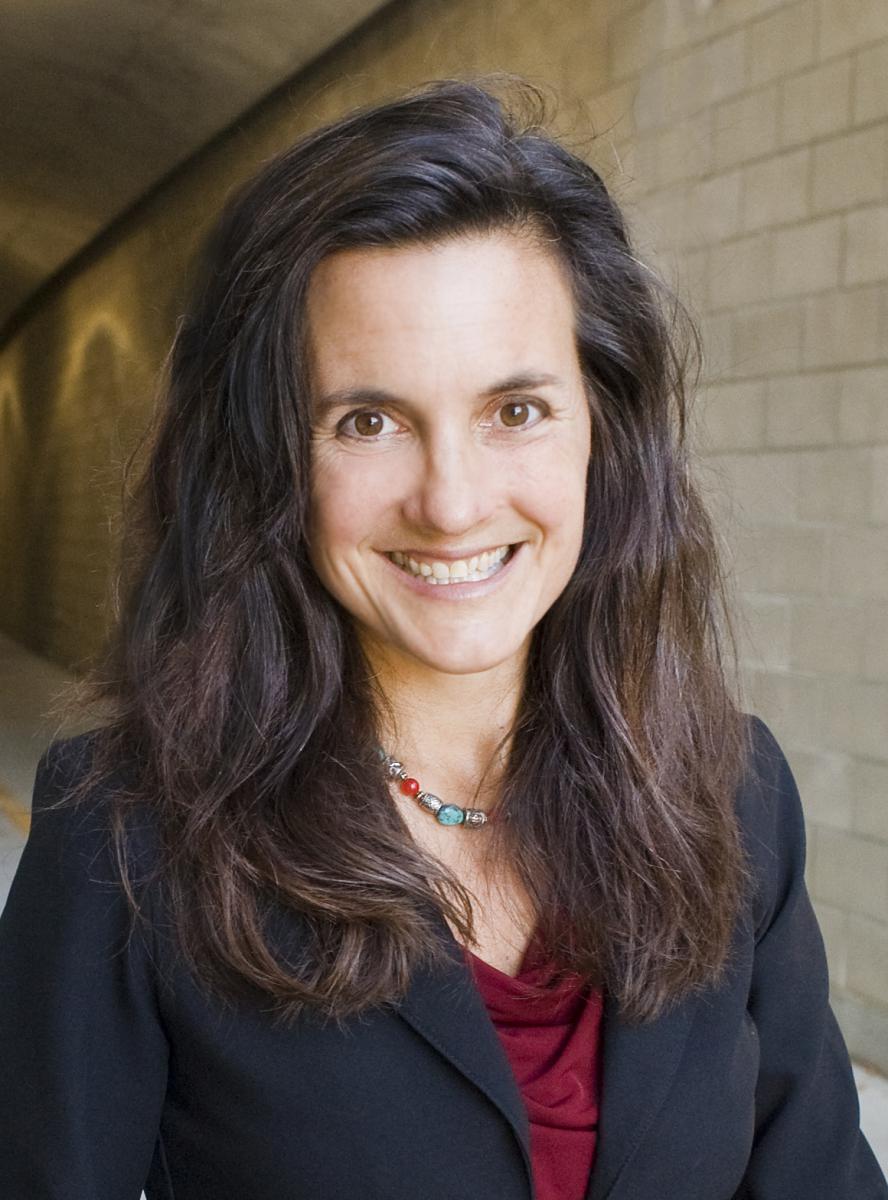 It is with a heavy heart today that the Safe Routes Partnership (Safe Routes Partnership) mourns the passing of its founder, Deb Hubsmith. Her family announced the news yesterday afternoon.
It is with a heavy heart today that the Safe Routes Partnership (Safe Routes Partnership) mourns the passing of its founder, Deb Hubsmith. Her family announced the news yesterday afternoon.
Arizona Department of Health Services partnered with the Arizona Department of Transportation SafeRoutes to School Program to develop a tool that generates a score which represents the walkability,bikeability, and safety of the school (existing or proposed) location.
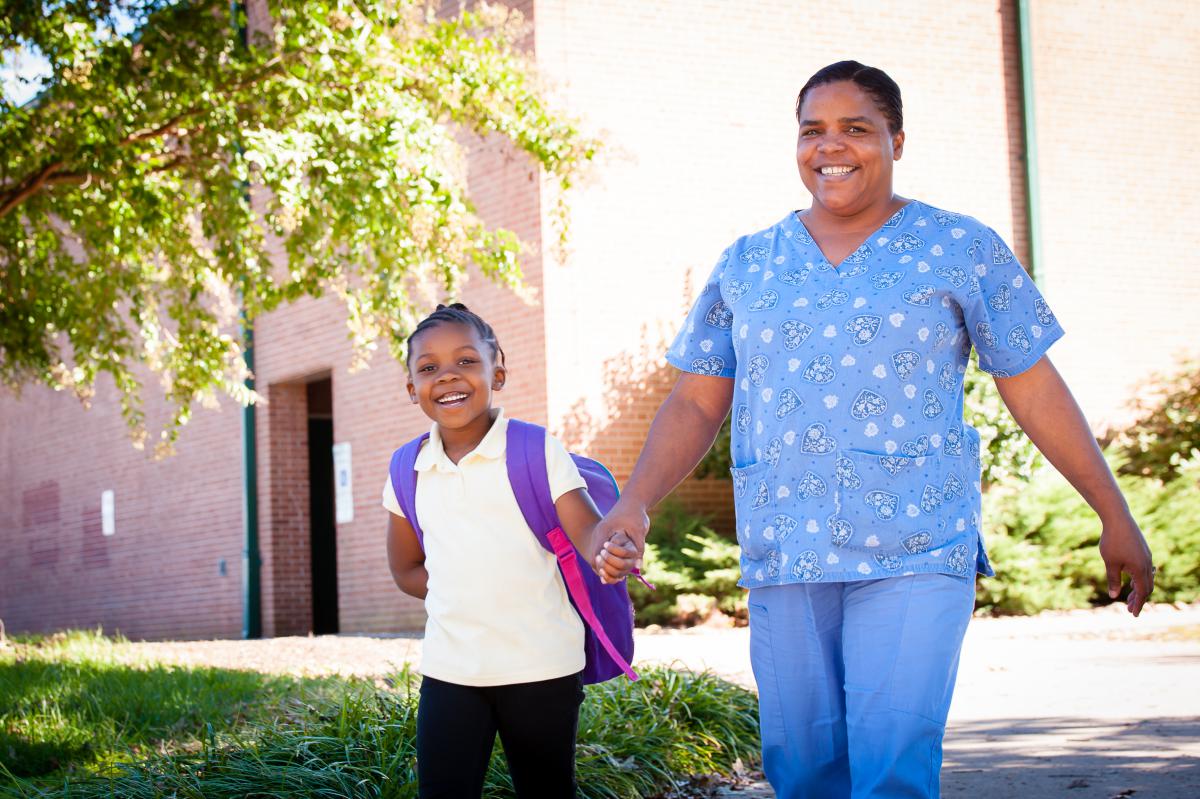
"Deb was so firmly committed to creating a better future for our children, and she will be missed." -- United States Surgeon General Dr. Vivek Murthy, in a tribute to Deb Hubsmith at the 2015 Walking Summit in Washington DC.
This paper describes ways to evaluate the value of walking (the activity) and walkability (the quality of walking conditions, including safety, comfort and convenience).
This guest blog post was written by Nancy Pullen Seufert, Director of the National Center for Safe Routes to School.
This blog post was co-written by Safe Routes Partnership staff Keith Benjamin, community partnerships manager, and Mikaela Randolph, community engagement and evaluation manager.
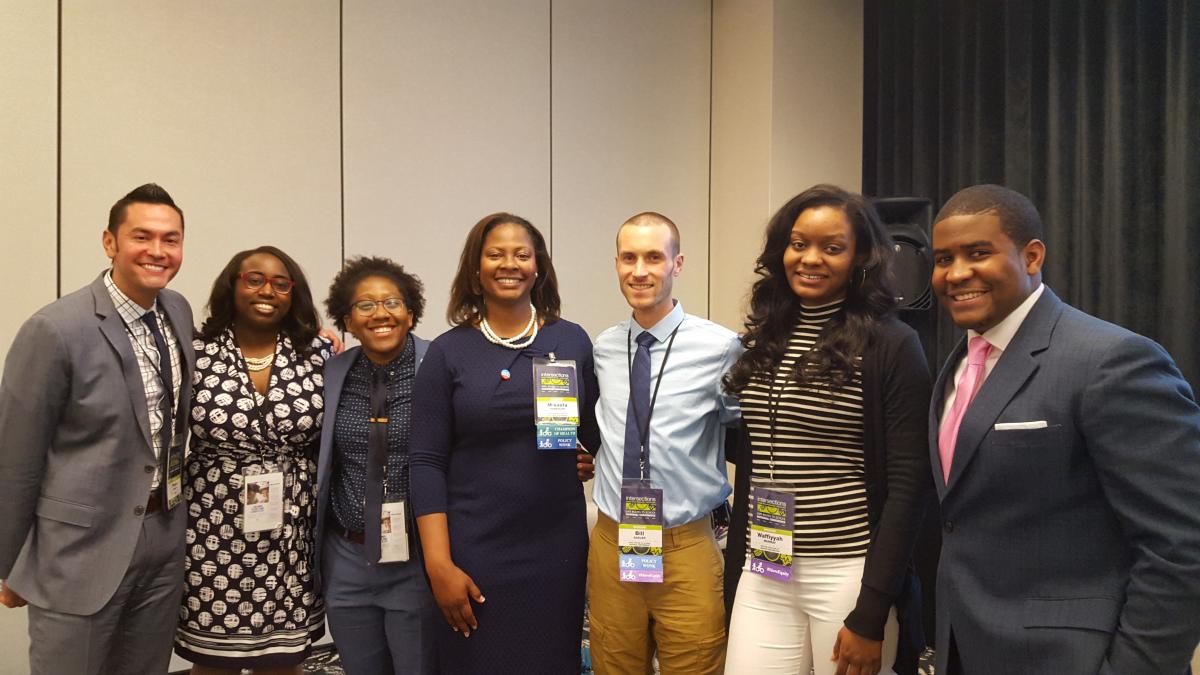 "Sometimes we have to tokenize ourselves for the sake of pushing the movement forward."
"Sometimes we have to tokenize ourselves for the sake of pushing the movement forward."
Key Takeaway: Driver compliance with a state law to yield to pedestrians was highest at crosswalks with more safety features.
 Welcome to my new blog on federal policy!
Welcome to my new blog on federal policy!
 Like a number of my colleagues, I have the privilege of writing my first post as I prepare to travel on work-related business. I am pretty excited about my trip this week. I’m on my way to sunny Southern California for a staff retreat primarily for our new regional policy managers who work full-time on our Regional Network Project—more about them in a paragraph or two.
Like a number of my colleagues, I have the privilege of writing my first post as I prepare to travel on work-related business. I am pretty excited about my trip this week. I’m on my way to sunny Southern California for a staff retreat primarily for our new regional policy managers who work full-time on our Regional Network Project—more about them in a paragraph or two.
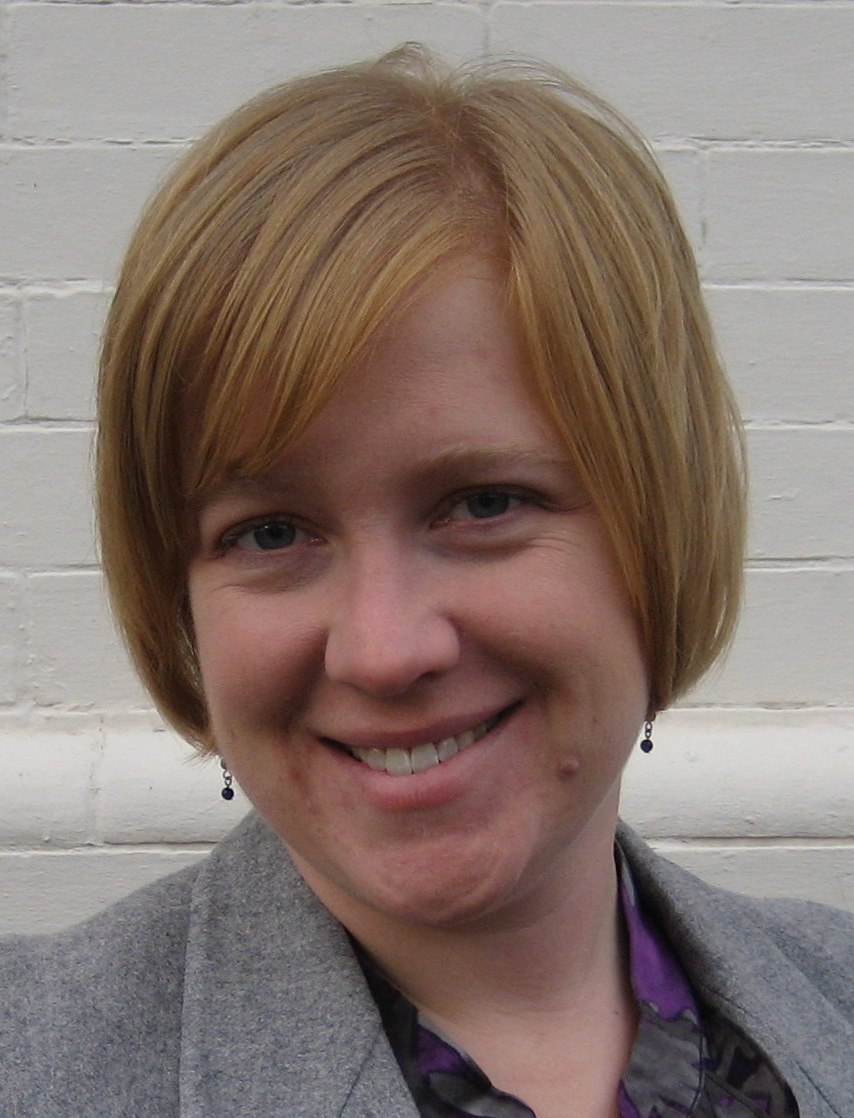 Two very diverse states and a federal district. The Greater Washington region of the District of Columbia, Maryland and Virginia is certainly an interesting place to live for many reasons. But it is an even more interesting place to work, especially when working in the policy realm.
Two very diverse states and a federal district. The Greater Washington region of the District of Columbia, Maryland and Virginia is certainly an interesting place to live for many reasons. But it is an even more interesting place to work, especially when working in the policy realm.
 April 2-8 is National Public Health Week, a time to reflect on what we can be doing personally each day, and in our homes, communities, schools, states and across the nation to support public health and prevention.
April 2-8 is National Public Health Week, a time to reflect on what we can be doing personally each day, and in our homes, communities, schools, states and across the nation to support public health and prevention.
 Just this morning I was enjoying my favorite aspect of walking to school with my boys – the occasional grabbing of my hand by my 1st grader. I was soaking it up, I know these moments are fleeting as I watch my 3rd grader walking up ahead at his own pace, in his own thoughts.
Just this morning I was enjoying my favorite aspect of walking to school with my boys – the occasional grabbing of my hand by my 1st grader. I was soaking it up, I know these moments are fleeting as I watch my 3rd grader walking up ahead at his own pace, in his own thoughts.
